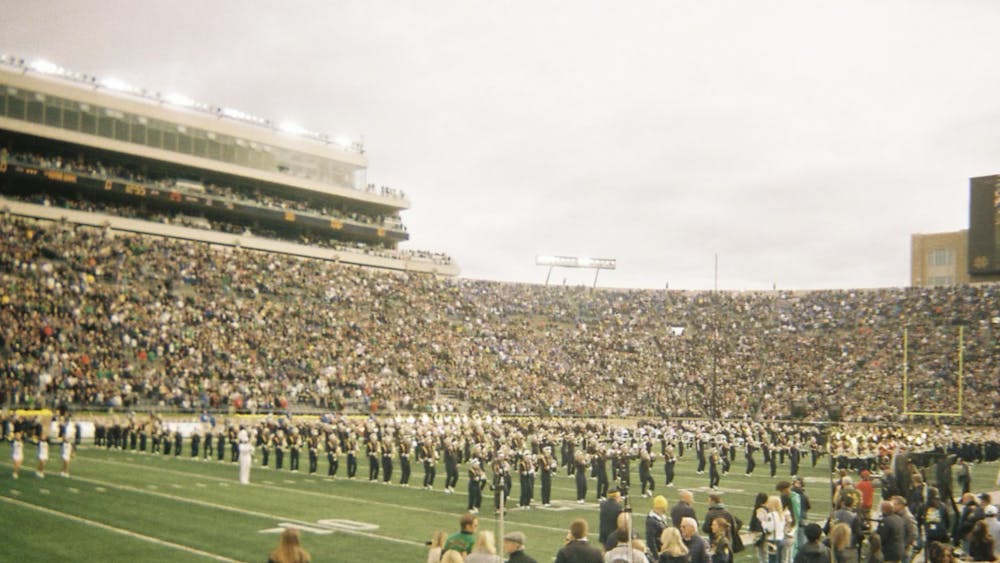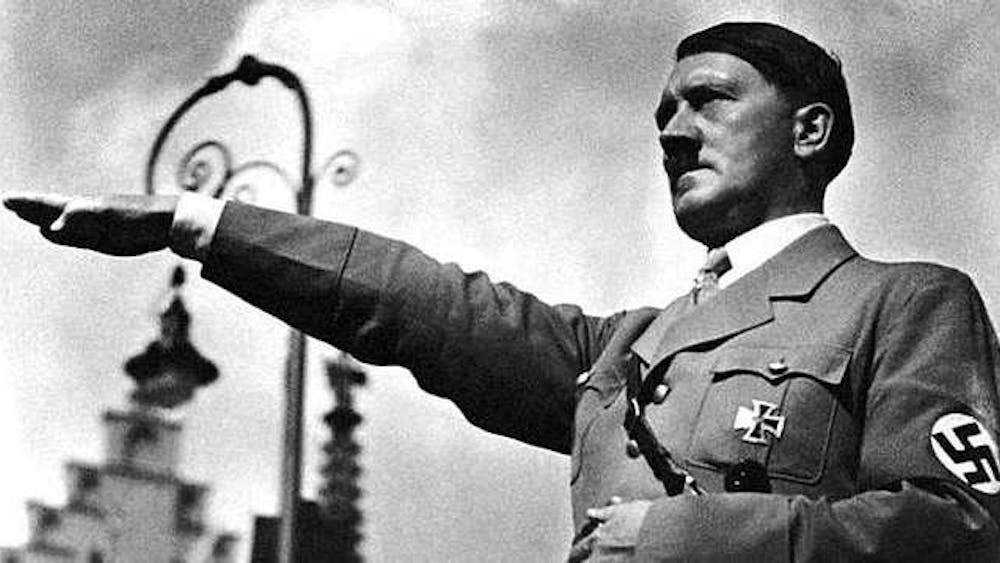Flannery O'Connor, prone to wry humor for instructive purposes, titled one of her short stories "You Can't Be Any Poorer Than Dead." Her story characteristically examines how people face — or ignore — their limitations, both their own and others'. But more centrally, and hauntingly, O'Connor's work — beginning with her title — suggests that there is one giant human limitation that underscores all our others, and threatens us at every turn, and yet which we spend most our lives trying not to think about. At some point, our lives just … end.
O'Connor loved the liturgical honesty of the Catholic Church. She thought that Catholic spirituality forcefully invited us to deal with important realities, like sin and death, that we would just as soon ignore. Judging from the number of blind and disfigured folk that appear in Flannery's stories, including plenty who blind and disfigure themselves, such ignorance to the total reality of life, including its uncomfortable parts, is hardly blissful; rather, she seems to suggest, it leads us to live life only half-awake and, well, blindly.

O'Connor was grateful that the Church doesn't let us turn a blind eye to the discomforting realities of life, perhaps particularly during November, which the Church celebrates as the Month of the Dead. Consider the fact that, in its rich tradition of sacramentality — having physical things to mark invisible realities — the Church has always loved bones. Saints' relics — finger bones, shoulder blades, skulls — are some of the most sacred markers in Catholic churches. You most likely celebrate mass under the watchful eyes of a dead person — rendered, at least in the States, a bit less grotesque by the sculptor or stained glass artist. If you have ever carried a rosary, you have carried a dead man in your pocket. If this seems rather odd, or even slightly disturbing, then you are getting the point.
O'Connor must have loved that the Church has rather defiantly reserved the month of November to meditate openly on the reality of death, beginning with All Saints Day on Nov. 1 and All Souls Day on Nov. 2. At the doors of most chapels these weeks, you will note a book in which we can write down the names of the dead. Of course, Halloween, celebrated so … vibrantly(!) … throughout the dorms last week, owes its origin and macabre tone to being the eve of the Month of the Dead. November is a rather ghastly, if not ghostly, time of year, and the Church has uninhibitedly promoted it as such, with good reason.
Death is all around us, and its seed is inextricably within us. And if prayer is bringing our whole selves before God as honestly as we can, it doesn't seem to make much sense to leave our helplessness before death out of the mix. Unhealthy? Depressing? Fulfilling Freud's death wish? Death, handled clumsily, fearfully, unconsciously, might lead us down any of these roads. This, it seems to me, is precisely why the Church invites us each November to meditate on death more deliberately, with the full complement of our faith, and the hope of the Communion of Saints, at our disposal.
On All Souls Day each year, I join my religious community in remembering the dead by walking the gravesites of our predecessors in Holy Cross. The deceased priests and brothers of Holy Cross are all buried in a cemetery on the outer edge of campus, by the road to Saint Mary's. For a while, this stroll among the dead, autumn leaves flaking my footsteps and a not-yet-biting nip in the air, is rather pleasant, even — dare I say — invigorating. I feel proud to stroll among the names of the priests and brothers who built so much of Notre Dame. My standing above their gravesites reminds me how much of my own life stands upon their earlier toil and sweat. But … then I reach the last gravestone and, what is worse, the expanse of undisturbed green grass beside it. It is the space where the rest of us, including me, will one day lie. I move across it quickly … though perhaps one of these years, I ought to pause there, as a courageous nod to the future.
Instead, I scurry to the rest of our community, huddled around a statue of Mary holding her dead son recently crucified. And I listen as we proclaim into the graying autumn sky the words of St. John Damascene:
"Where is the ephemeral dream? All is dust, all ashes, all shadow. What glory does not fade? In a moment all is struck down. Now I know wisdom: I am dust and ashes. I search among the graves, see the bones laid bare. What mystery befell us? We wail and grieve at our beauty marred in the tomb. We stand over the graves of our lost, our bodies entwined by a mysterious wind — Christ murmuring: "trust, trust."

November is a month to scurry through. But … slowly … our faith beckons, for it is also a month to pause and trust.
This week's Faith Point was written by Fr. Lou DelFra, CSC, Director of Bible Studies and ACE chaplain. He can be reached at delfra.2@nd.edu
The views expressed in this column are those of the author and not
necessarily those of The Observer.
The views expressed in this column are those of the author and not necessarily those of The Observer.












